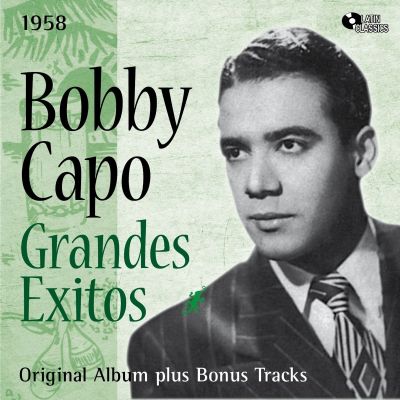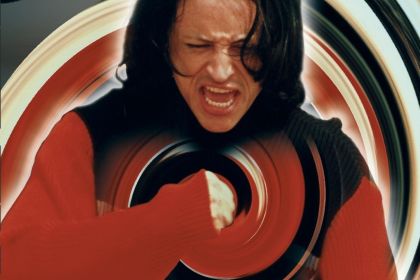SONGWRITER
Piel Canela: meaning of Bobby Capó's biggest hit

Bobby Capó LP cover
Piel Canela is perhaps the best-known song of Puerto Rican singer Bobby Capó who wrote a number of hits for famous artists of his time, usually combining the classic ballad genre with Andalusian influences and Latin American folk music. Piel Canela was originally recorded by Bobby Capó himself and released as a single in 1952 by Seeco.
The rather allegorical lyrics of Piel Canela (meaning Cinnamon Skin) assert that the beauty of the narrator's beloved will not fade, even if infinity brings the end to the stars and the ocean loses its vastness. The song also speaks of grief of separation—the singer pledges that should he be parted from his lover, his sadness would render the beauty of the world meaningless. Whether it's the colorful magic of a rainbow or the fragrance of flowers, none of it would matter in the wake of the lovers' parting.
In 1953, Bobby Capó recorded an English version of Piel Canela titled You, Too for which he retained the catchy melody but completely re-arranged it. The meaning of the English lyrics has been completely changed— the narration is shifted to a Cuban setting, the love declaration at the core of the song is now more lighthearted, and the sentiment behind the words is somewhat generalized, having strayed away from the distinctly personal and passionate tones of the original.
Listen to Piel Canela by Bobby Capo:
Compositionally, the first two verses of Piel Canela use the Mixolydian major mode to provide the intriguing harmonic progression to the song's light melody. The harmonic analysis of the verses' chord chains (denoted with Roman numerals) shows the following progressions in A Mixolydian:
- Em–A–D–Bm or v–I–IV–ii;
- G–Bm or VII–ii;
- Em–E–A or v–V–I.
Note that in the last progression there is a deviation into the Ionian mode through the use of the E major dominant chord rooted in the fifth scale degree. Thus, the V–I authentic cadence creates a distinct sense of finality at the end of the stanza.
Discover more songs composed in Mixolydian major mode and check out their harmonic analysis in the following articles:
- Mixolydian mode: famous examples in classical and pop music
- Seven Seas of Rhye: song of imaginary land brought to life by Ionian and Mixolydian modes
- The Bells of Rhymney: two major modal modes of famous protest song
- Scarlet Begonias: three major Mixolydian chords in a Grateful Dead's ballad
- Mixolydian mode in The Doors songs
- Longfellow Serenade and the fireside poet that kindled Neil Diamond's song



